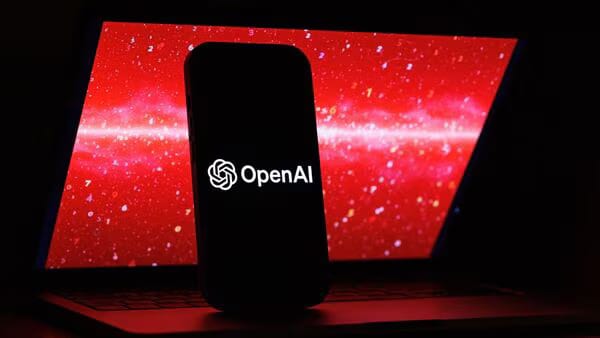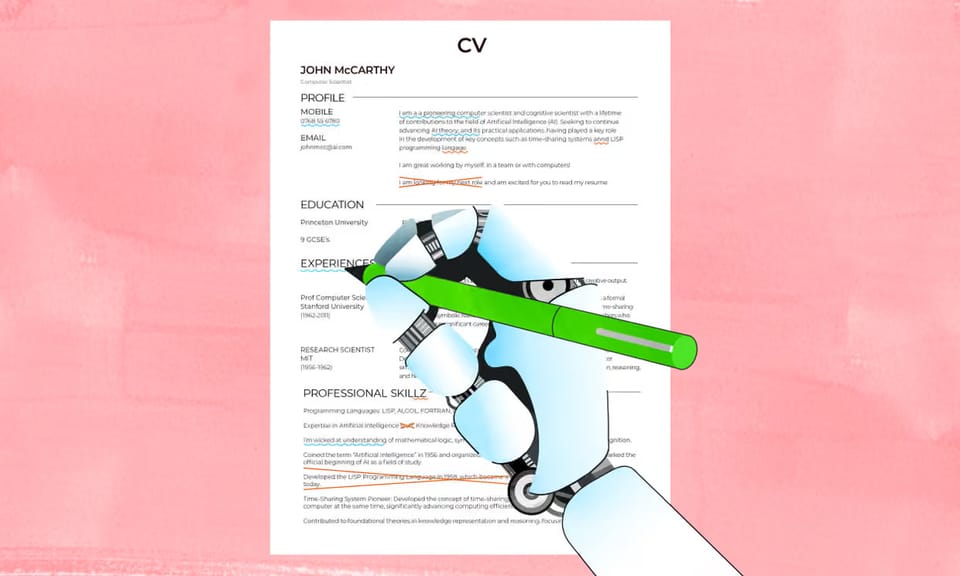Are L.A.’s Immigration Protests the Start of a Bigger Fight?


In today's newsletter:
- L.A. protests heat up after immigration raids and a Trump troop move
- Solana’s wild price swing has traders guessing (and AI watching)
- And over a million AC units are being recalled for mold risks; yep, your air conditioner might be out to get you.
Let’s get into it!
Law
Briefing: Los Angeles saw days of protests and street clashes after the Immigration and Customs Enforcement conducted immigration raids around June 6 to 8, 2025. The ICE was conducting these raids as part of a nationwide push to arrest and deport undocumented immigrants (people living in the U.S. without legal permission). Things escalated when President Trump ordered 2,000 National Guard troops into the city without California’s approval.
Details: On June 6, the ICE arrested a lot of people across the city, triggering large rallies and violent confrontations with police using tear gas, flash-bangs, and pepper spray. The protests spread to areas like Paramount, Compton, and downtown L.A. Some protests turned violent, fires were started, bricks were thrown, and police officers and vehicles were attacked. In response, President Trump took control of California’s National Guard (2,000 troops) and put Marines on standby to help bring the situation under control.
California Governor, Gavin Newsom and L.A. Mayor, Karen Bass slammed the move, calling it inflammatory, unconstitutional, and vowed legal action. Clashes continued with tear gas, arrests (30+), injuries on both sides, and a tense atmosphere with legal threats looming.
Why It Matters: This rare deployment raises serious questions about presidential authority and state sovereignty. The high stakes in enforcement strategy and public response signal deep national divisions. People in other places like San Francisco, Portland and Salt Lake City, are also protesting, more people across the country are talking about protests and government rules, and there will likely be court cases about it soon. (CBS News)
In past U.S. protests (like in New Orleans), police have used AI to track protestors, spot crowd movements, and identify individuals. In L.A., similar systems could be used to monitor large crowds, guide police responses, or even help spot trouble early to reduce violence. But AI can also raise big risks of misidentifying protestors or being used to unfairly target certain groups. That’s why legal fights, bans, and bias concerns are growing. (The Guardian, Aclu)
Crypto
Is Solana's Drop to $150 a Buying Opportunity or the Start of a Bigger Crash?
Briefing: Solana (SOL), a popular cryptocurrency, has dropped to around $150. But some experts believe it might rise again soon. They’re looking at certain chart patterns and trading signals that usually suggest a bounce-back could happen.
Details: Although Solana’s price has been falling, it’s now showing a shape on the chart called a “cup and handle” (see cup and handle definition below).* Traders often see this pattern as a sign that the price might go up. If SOL moves above $159, it could quickly rise to $170, and possibly even to $238 in the next few weeks especially if people continue to buy and hold it.
A good sign is that many investors are moving their SOL off apps like Coinbase and Binance. That usually means they’re planning to keep it, not sell it. And when fewer people are selling, prices can go up. Some trading tools are also giving positive signals: MACD (Moving Average Convergence Divergence) shows whether the price is gaining energy to go up. Right now, it says yes momentum is building, so the price might rise soon.
EMA (Exponential Moving Average) is when a fast-moving line crosses above a slower one on a chart. When that happens, it usually means the price is starting to trend upward, suggesting the short-term trend is improving, and there's also support from something called the Parabolic SAR, which hints that prices might keep going up. Still, there’s a risk if SOL falls below $150, it could drop further, possibly to $141 or even $120.
Why It Matters: This week is a big moment for Solana. If the price stays above $150 and breaks past $159, it could mark the start of a strong comeback. But if it drops below $150, it might lead to bigger losses and push buyers away. For people watching or trading SOL, it’s an important time to pay attention. What happens next could help decide whether it’s a good time to invest or better to wait. (CCN, Gate moments)
*Here's a visual guide to the cup-and-handle pattern:
The cup forms a smooth “U” shape as price drops and then rebounds, similar to the curve of a teacup.
The handle appears as a small pullback or sideways movement after the cup, right before a breakout.
A cup-and-handle is a simple pattern traders look for on price charts. It looks just like a tea cup with a small handle. Here's how it works:
Cup: First, the price drops gradually, forming a rounded, U-shaped bottom, then slowly rises back up again, making a shape like a cup.
Handle: After the cup forms, there’s usually a brief dip or sideways movement (the handle).
When traders spot this pattern, they often expect the price to rise afterward, it’s seen as a sign of a possible bullish reversal, meaning the asset could go up soon. (Investopedia)
Can AI reliably predict crypto price movements like Solana’s current "cup and handle" pattern? AI tools, especially those combining CNN (Convolutional Neural Networks, are great for finding patterns in data like charts) and LSTM (Long Short-Term Memory, good at analyzing sequences of past prices), have shown strong ability to predict crypto trends more accurately than traditional methods.
Second, can AI analyze investor behaviors, like moving coins off exchanges, to predict price changes? Yes, AI systems that analyze social sentiment and exchange activities have achieved around 91% accuracy in predicting crypto price directions. Still, due to crypto volatility, these AI predictions should be treated as helpful insights, not guarantees. (SpringerOpen, Papers.ssrn.com)
Health
Is Your AC Quietly Putting Your Health at Risk?

Briefing: About 1.7 million window air conditioners are being pulled from stores and homes in the U.S. and Canada because they can trap water and grow mold. The units were made by Midea; a large Chinese company that makes home appliances and HVAC (heating, ventilation, and air conditioning) products and sold under brands like Frigidaire, Danby, Insignia, Comfort Aire, Mr. Cool, and others. The process started on June 5, 2025.
Details: Some window air conditioners made by the company Midea don’t drain properly, allowing mold to form inside. About 1.7 million units in the U.S. and 45,900 in Canada sold between March 2020 and May 2025 under various brands and priced between $280 and $500 are affected.
So far, there have been 152 reports of mold, with 17 cases linked to respiratory infections, allergies, coughing, sneezing, or sore throats. Owners should stop using these units and contact Midea for a free repair (which includes a new drain plug) or a full or prorated refund, which may require returning the unit or submitting a photo of the unplugged and cut power cord.
Why It Matters: Mold from these air conditioners can cause serious health problems especially for people with asthma or weakened immune systems and with summer heat arriving, many may delay repairs or replacements, putting more households at risk since the affected units were sold widely in stores like Costco, Home Depot, Best Buy, Amazon, Walmart, and online. (Nexstar Media)
Now you are probably wondering if AI detects mold in AC units? And if it can help prevent mold from growing in the first place? The answer is yes and these tools are already in use. AI-powered image tools like Daikin’s Kirei Check let technicians snap a smartphone photo and spot mold in minutes.
At the same time, many modern HVAC systems now use IoT sensors; small internet-connected devices that track temperature, humidity, and drainage; combined with AI to predict mold risks and alert users before problems start. As AI spreads into more home appliances, tools like these could help stop future mold problems before they lead to major recalls. (Daikin)
*Disclaimer: The content in this newsletter is for informational purposes only. We do not provide medical, legal, investment, or professional advice. While we do our best to ensure accuracy, some details may evolve over time or be based on third-party sources. Always do your own research and consult professionals before making decisions based on what you read here.




